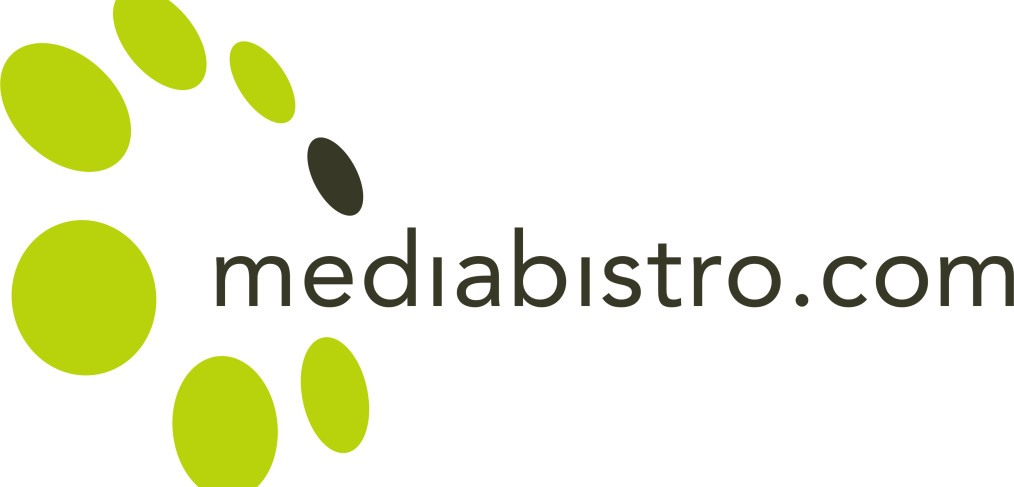
Media Bistro – Solutions Media: How to Turn Bad News into Social Good
This article by Ripple Founders Shayna Samuels and Glenn Turner appeared in Media Bistro’s PR Newser on December 3, 2014. Original link can be found here.
Climate change. Health epidemics. School shootings.
Today’s headlines are filled with tragedy. And while problems sell papers, these negative news pieces do little to create a better world. If we only tell people about the many daunting problems that face the world, they easily shut down and feel powerless to affect change.
As early as the 1980s, studies have shown that by negatively depicting social reality, mass media cultivates a perception of a “mean world” which leads to social withdrawal as people give up on trying to make a difference. Yet the media continues to revolve around sensational stories with little regard for how those stories might impact society as a whole.
And “good news” stories are often just that — good news, with no future recourse for participation or replication.
Amidst all of the many problems in our society are countless people who can, and do, make a positive difference, and they need and want participation from a bigger audience. Telling those stories, introducing people to something that’s working and that they can get on board with, creates a completely different public conversation where citizens feel that solutions are accessible, leading to more participative citizenship, and the possibility that they with others can make change in society. It’s not about seeing the world through rose-colored glasses, it’s about taking off the dark, cynical shades and seeing the world more completely, as both problems and solutions to catalyze a different sort of citizenship.
There is a small but growing “solutions media movement” bubbling up to challenge the dominant, negative media culture – recognizing the role of media in catalyzing social change. Yes, this quiet but palpable shift in media attitude is already underway.
David Bornstein, co-founder of The Solutions Journalism Network, already has a regular column in what is now called the “Fixes” Section in the New York Times, which explores solutions to majorsocial problems, and it’s consistently among the top 5 articles on the Times website for reader traffic. And groups like the Center for Public Integrity, Yes magazine, GOOD magazine, the Center for Investigative Reporting Media Network, the Fair Observer, Ryot News, Pivot, and the Christian Science Monitor; platforms like Upworthy and organizations like Participant Media and their subsidiary group Take Part are helping to pave the way for solutions in every corner of the media world.
This momentum represents a huge leap forward in the effort to propel solutions into mainstream media. What this means is that there is a new set of vocabulary on both sides of the aisle, from communications professionals and from within journalism itself, that’s working on distinguishing hard-edge, solutions-oriented stories from merely sensationalized bad news or fluffy good news. How do you distinguish these stories from the rest? How do you tell and promote these stories? Here are 8 questions to consider:
1 – Does this story present actionable short- or long-term goals (i.e. a solution)? As mentioned above, solutions media is based on presenting both problems and solutions – telling the whole story.
2 – Is there an identifiable target audience that the story should inspire to action? Understanding who needs to hear the story helps you write a better story and it also helps you know where to pitch it.
3 – Does the story use any “hooks” to increase the relevancy, impact or coverage of the story? Using hooks is a status quo tactic for PR professionals and it’s no less important for solutions media.
4 – Are there memorable key messages? The best solutions media stories have understandable and sticky main points that linger in the reader’s mind.
5 – Would the story benefit from additional assets? Videos, infographics, animations, charts – there are myriad options.
6 – Does the story feature a compelling voice (or voices)? Consider the different people that might help make the story as inspiring as possible: victims of the problem, those who have experienced the solution, experts, etc.
7 – Does the story identify what type of action or actions a reader could take? The path to socialchange is carved by laying down opportunities for individual people and families to change the status quo in personal and tangible ways.
8 – Beyond the story itself, how will you know if your story made an impact? Identify some metrics of success – anything from likes and shares to adoption of the proposed solution (e.g. increased sales for a social entrepreneur, more volunteers for a local non-profit, etc.).
In order for the solutions media movement to really take off, and in order for PR to serve as a meaningful conveyor belt to social change, journalists and PR firms must collaborate in a big way.
Solutions Media needs the far-reaching, storytelling power of PR firms to reach out to new outlets and pitch and circulate solutions stories as part of their practices, and PR firms need the research and skills emerging from investigative reporters interested in solutions to learn how best to pitch those stories. Together, the possibilities paint a picture of hope in a world of grim headlines and apathetic readers.
Ripple Strategies is an agency based in Boulder, Colorado. Follow them on Twitter @SOCIALImpactPR.
